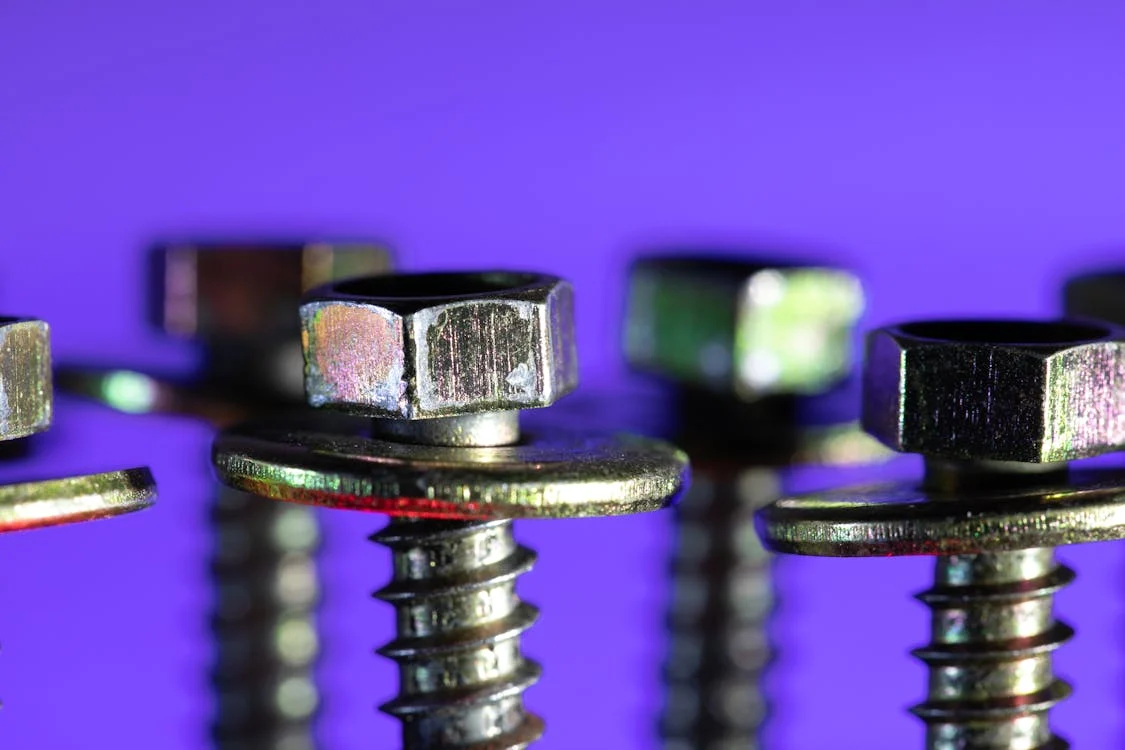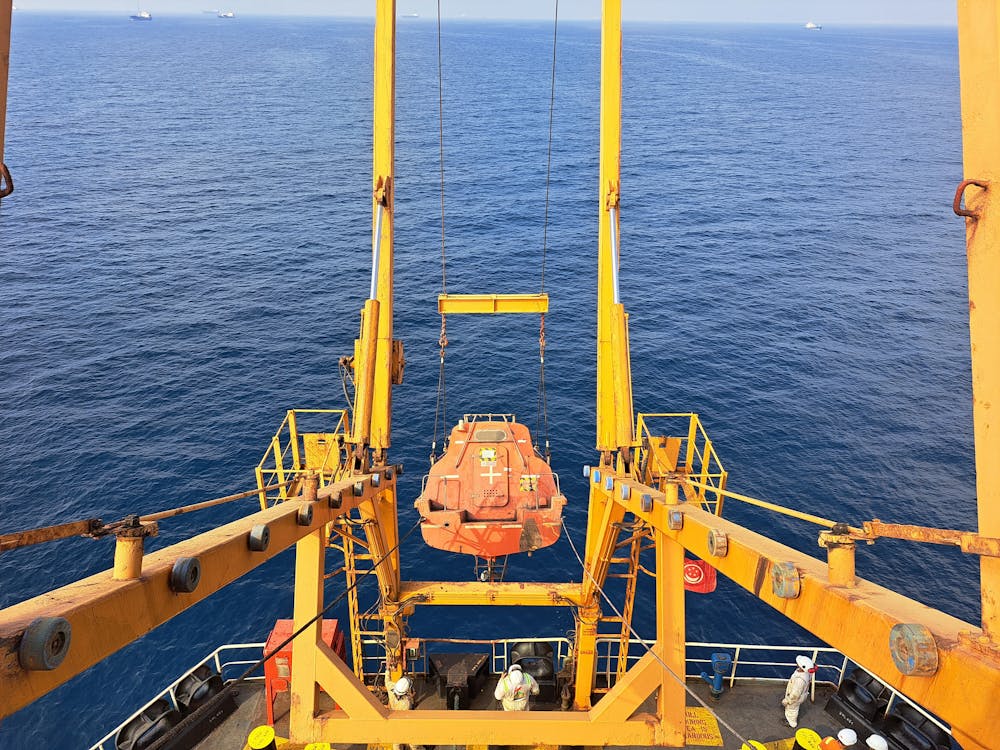Every minute component has a significant position to hold in the harsh marine environment, and metal fasteners are no exception. The ever-changing humidity, the dramatic temperature shifts, and the continuous contact with saltwater are challenging even to the toughest of materials.
Marine stainless nuts and bolts are specially engineered or developed to resist all these kinds of extreme conditions, however, their tolerance capacity can be tested consistently over time. Thus, it is strongly advised or rather mandatory to perform regular maintenance practices of these essential fasteners to ensure that they perform to the best of their capacity.
Marine stainless nuts and bolts
In the realm of maritime applications, one of the small yet crucial components is the marine stainless nuts and bolts, usually produced from Grade 304 and 316 stainless steel. Between these two and other available variants, the distinct and most preferred option is the Grade 316, mostly due to its impressive corrosion resistance capacity and additional molybdenum content, further enhancing the material’s durability in drastically changing environments.
Despite the strong composition and installation procedures, it is essential to understand that these fasteners can still face unexpected challenges. Long-time exposure to seawater and moisture can be the core reason for concerns like galling, corrosion, and loosening from continuous vibrations.
This is why regular inspection and maintenance are compulsory practices to guarantee longevity and maximised performance of these critical components in any maritime setting. Knowing of these affecting variables can empower you to decide on the perfect hardware for your marine-based projects and enjoy long-term benefits on your investments.
Strategies to conduct regular inspection
Routine inspections are not only proactive but also help in the detection of early signs of wear and tear or damage, thereby preventing costly failures or repairs.
- Visual examination: Look closely for signs of pitting, discoloration, or rust. Early signs of corrosion will appear as small brown and powdery spots. If you notice such signs, make sure to address it instantly.
- Physical testing: Physical testing ensures that your fasteners are secure in their dedicated space as you check for overtightened or loosened bolts.
- Functional testing: This inspection technique involves verifying that nuts and bolts are appropriately loosened or tightened without having to apply excessive force, which may otherwise indicate galling.
- Environmental checks: Here, you have to frequently inspect the surrounding material for signs of galvanic corrosion, which takes place when stainless steel is exposed to dissimilar metals.
Common issues and troubleshooting ideas

Even the highest-quality marine stainless nuts and bolts will become prone to certain issues over time. Here are a few of the common issues that may occur and how to address them:
Galling (Seizing)
Galling is the phenomenon that happens when stainless steel fasteners get jammed during tightening due to friction. To prevent this from happening:
- Use lubricants: Apply a suitable anti-seize compound before assembling or installation.
- Reduce friction: Ensure to tighten the bolds slowly to avoid over-torquing.
- Use different materials: To reduce the risk of galling, pair different variants of stainless steel grades, such as Grade 316 bolts with 304 nuts.
Corrosion and pitting
Despite showcasing high resistance capability to corrosion, stainless steel fasteners can still face the issue of rusting, especially in low-oxygen environments. So, what should be done is:
- Regular cleaning: Use fresh water and mild detergent to wash and clean off salt from the surface.
- Use passivation: Passivation is a chemical treatment that strengthens the protective oxide layer on the surface of stainless steel.
- Apply protective coatings: Wax-based coatings and anti-corrosion sprays give the stainless steel an additional protective layer.
Loosening due to vibration
Marine structures and vessels experience continuous movement, resulting in the bolts loosening in due time. Here’s what can be done:
- Regular tightening: Frequent checks and re-tightening activities help with maintaining secure fasteners.
- Apply thread locking compounds: Look for medium-strength thread lockers to prevent the unexpected loosening of nuts and bolts.
- Use lock nuts and washers: Lock nuts must be used to keep up the tension, while washers help with the even distribution of pressure.
Preventive maintenance strategies
Taking a proactive stance helps prevent issues before they escalate to help maximise the longevity of marine stainless nuts and bolts. So, consider the following steps:
Cleaning and maintenance
- Use stainless steel cleaners or compounds to remove tough stains.
- Use fresh water to rinse and remove salt residue from fasteners.
- Avoid using harsh abrasives that can damage the protective oxide layer on the surface.
Protecting against environmental factors
- Apply marine-grade anti-corrosion products to exposed fasteners.
- Use coatings or plastic washers to insulate fasteners from dissimilar metals.
- Store the unused spare fasteners in a covered and dry environment to prevent unwanted premature degradation.
Advanced maintenance tips
- Remove contaminants through electrolytic cleaning by using electric current.
- Ultrasonic cleaning uses high-frequency vibrations to clean intricate components effectively.
- Anodic protection is to protect stainless steel from potential corrosion by incorporating a sacrificial anode.
Ultimately, to ensure the durability and effective functionality of marine stainless nuts and bolts in marine conditions, regular maintenance is not just a routine but rather a necessity. These article hopes to give you the idea on various aspects for your marine equipment’s reliability and longevity for years to come.





























